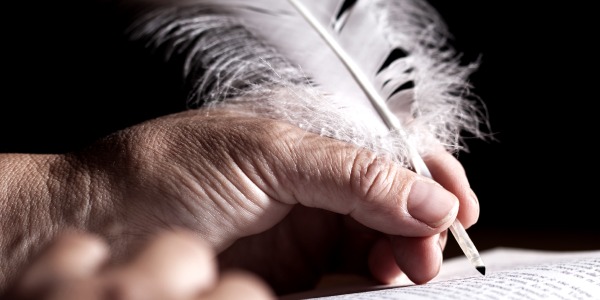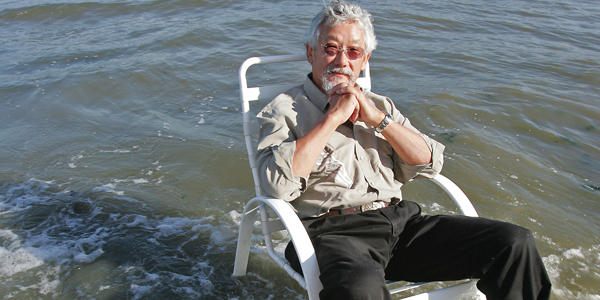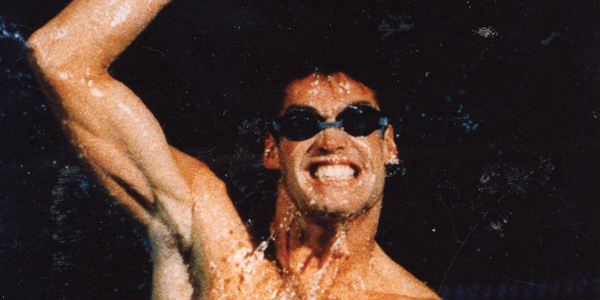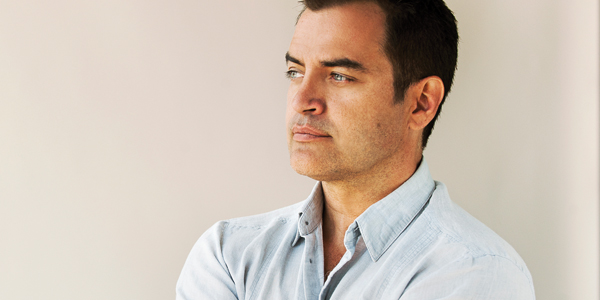From choked up business leaders to shell-shocked sports stars and bleary-eyed Barenaked Ladies, 2008 was unquestionably the year of the apology. Faux penitents and the truly sorrowful offered mea culpas across Canada at an unprecedented rate, proving that a heartfelt “I’m sorry” can be a powerful piece of communication. When it’s authentic it inspires healing and forgiveness; when it’s not it usually compounds the offence. The gold standard in private sector apologies came from Maple Leaf Foods CEO Michael McCain to everyone affected by the listeria contamination at one of its plants. Mr. McCain described his approach to the tragedy. “Going through the crisis there are two advisers I’ve paid no attention to. The first are the lawyers, and the second are the accountants… This is about our being accountable for providing consumers with safe food.”
He took responsibility, acknowledging that Maple Leaf products had been linked to illness and death. Heartbreak was clearly evident on his face and in his voice as he apologized to Canadians. “To Canadians who are ill and to the families who have lost loved ones, I offer my deepest sympathies,” he said, adding “I commit to you that our actions are guided by putting your interests first.”
Rule #1. A real apology acknowledges the harm done, takes responsibility, includes a believable statement of regret, and a commitment to ensure that it doesn’t happen again. Another powerfully meaningful apology was offered to Aboriginal people who were victims of the residential school policies of the 19th and early 20th centuries. It came from Prime Minister Stephen Harper on behalf of the Canadian government. Delivered in Parliament, it was an important step toward healing the immense damage done by the government policy of assimilation that was enacted through residential schools. Mr. Harper said, in part:
“I stand before you, in this chamber so central to our life as a country, to apologize to Aboriginal peoples for Canada’s role in the Indian residential schools system…Today, we recognize that this policy of assimilation was wrong, has caused great harm, and has no place in our country…The government of Canada sincerely apologizes and asks the forgiveness of the Aboriginal peoples of this country for failing them so profoundly. We are sorry.” Many Aboriginal leaders and victims of residential school abuses were gracious in accepting the apology and offering forgiveness. Unfortunately, a few months later we were reminded that regret and a commitment to change has to be consistent throughout an organization. The effectiveness of Canada’s apology was undermined when an aide to then-Transport Minister Lawrence Cannon was caught on videotape telling a group of natives in Mr. Cannon’s Quebec riding that they could have a meeting to discuss their grievances “if you behave and you’re sober.”
Mr. Cannon’s office later issued a weak apology, “for any offence given,” but that wasn’t good enough. The offence was real and quite specific. To be taken seriously, the apology should have matched.
Rule #2. An authentic apology acknowledges those who have been hurt can inspire forgiveness and healing, making it ruly cathartic.
It wasn’t terribly significant in the greater scheme of things but Barenaked Lady Steven Page’s apology “to all of those I have hurt or embarrassed during this episode,” after being charged with drug possession, does serve as a reminder that the apology is supposed to be about the offended party, not the offensive one. Mr. Page launched into a self-laudatory statement about how “the respect and responsibility I have earned over the course of my life and career thus far are important to me, and I am moving forward from this with gratitude and hope.”
Likewise, fashionista Robin Kay, president of the Fashion Design Council of Canada, made hundreds cringe as she delivered a rambling drunken speech. “I was exhausted and I didn’t realize what was happening to me. I can only hope that the clothes will speak for themselves and that my two minutes will be ignored…I guess I’m not Iron Woman.” Nothing “happened” to her. But she “happened” to a large audience.
Rule #3. Sometimes the better part of valor is just to say you’re sorry and shut up.
In recent decades, the sincere public apology for bad behaviour fell by the wayside as legal advisors tried to protect their clients from lawsuits and image consultants put a happy spin on everything. But in 2008 we saw a reversal of that trend. Perhaps human empathy and personal responsibility are making a comeback. What’s clear is that owning up is an honest, transparent approach to winning back the trust of people you’ve wronged and there is tremendous substance in that.






